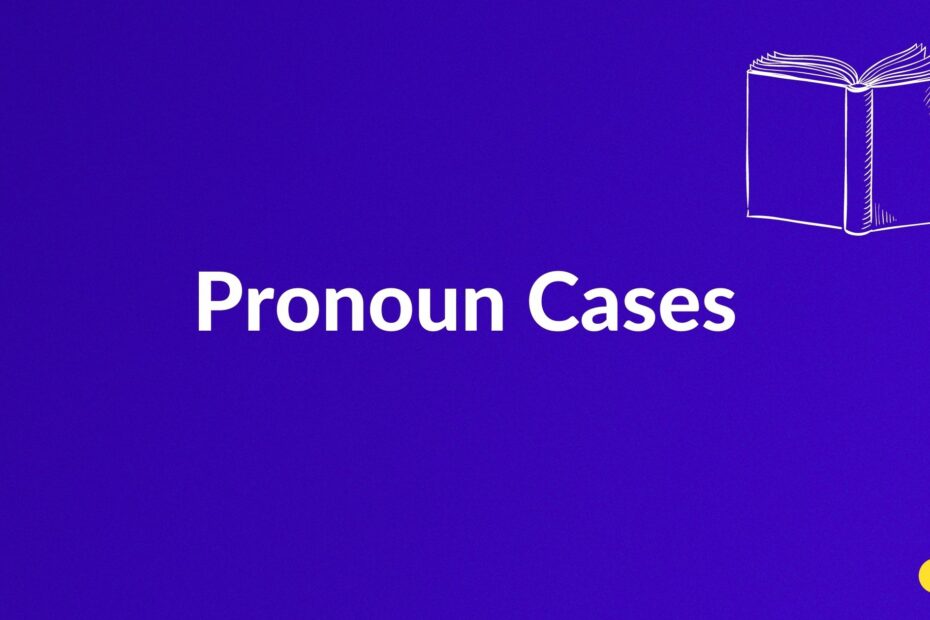What are pronouns?
A pronoun is a word that can be used in place of a noun or a proper noun. Pronouns are classified according to their functions in a sentence. They help us avoid repetition and make our writing and speaking more fluid. Pronouns are a vital part of the English language, and understanding how to use them correctly can be a challenge.
Understanding the Pronoun Cases
There are three pronoun cases in the English language: subjective, objective, and possessive. In each case, the pronoun has a different function. This guide will help you understand the different cases of pronouns and when to use them.
The Subjective Case
The subjective case is used when the pronoun is acting as the subject of a sentence. The subjective pronouns are I, you, he, she, it, we, and they. We use these pronouns when we are referring to someone or something that is the subject of the verb. For example: “I am going to the store.” The pronoun “I” is the subject of the verb “am going.”
- You are a good friend.
- He is taller than me.
The Objective Case
The objective case is used when the pronoun is acting as the object of a sentence (i.e., it is being acted upon by the verb). The objective pronouns are me, you, him, her, it, us, and them. For example, The teacher saw me in the hall. The pronoun “me” is the object of the verb “saw.
- I saw him at the game.
- They will hear us at the meeting.
The Possessive Case
The possessive case is one of three pronoun cases, the other two being subjective and objective. Pronouns in the possessive case show ownership. The possessive case is usually shown with an ‘s, as in “Bob’s truck is red.” There are some irregular possessive pronouns, however, such as “hers,” “ours,” and “yours.” To form the possessive case of a plural noun, you simply add an ‘s, as in “the dogs’ toys.”
Summary- Cases Of Pronoun
In conclusion, there are three cases of pronouns in the English language: subjective, objective, and possessive. Pronouns in the subjective case are used as the subject of a sentence or a clause. They tell who is doing the action. The objective case is used for the object of a verb or a preposition. Possessive pronouns show ownership.
- Pronouns in the subjective case are I, you, he, she, it, we, and they.
- Pronouns in the objective case are me, you, him, her, it, us, and them.
- Possessive pronouns are my, your, his, her, its, our, and their.
Pronouns are a versatile way to add variety to your writing. By understanding the three main pronoun cases, you can use them correctly in your writing.

